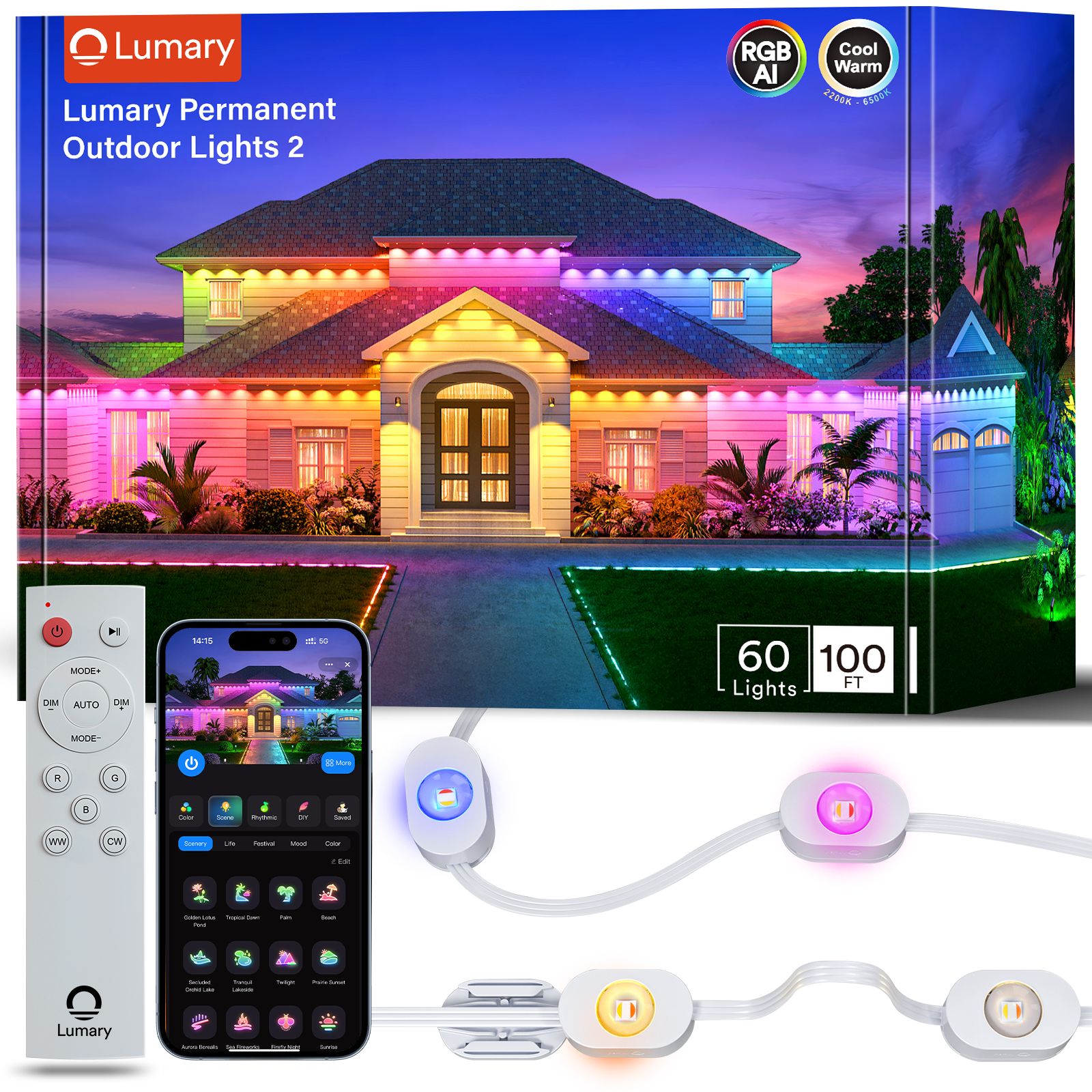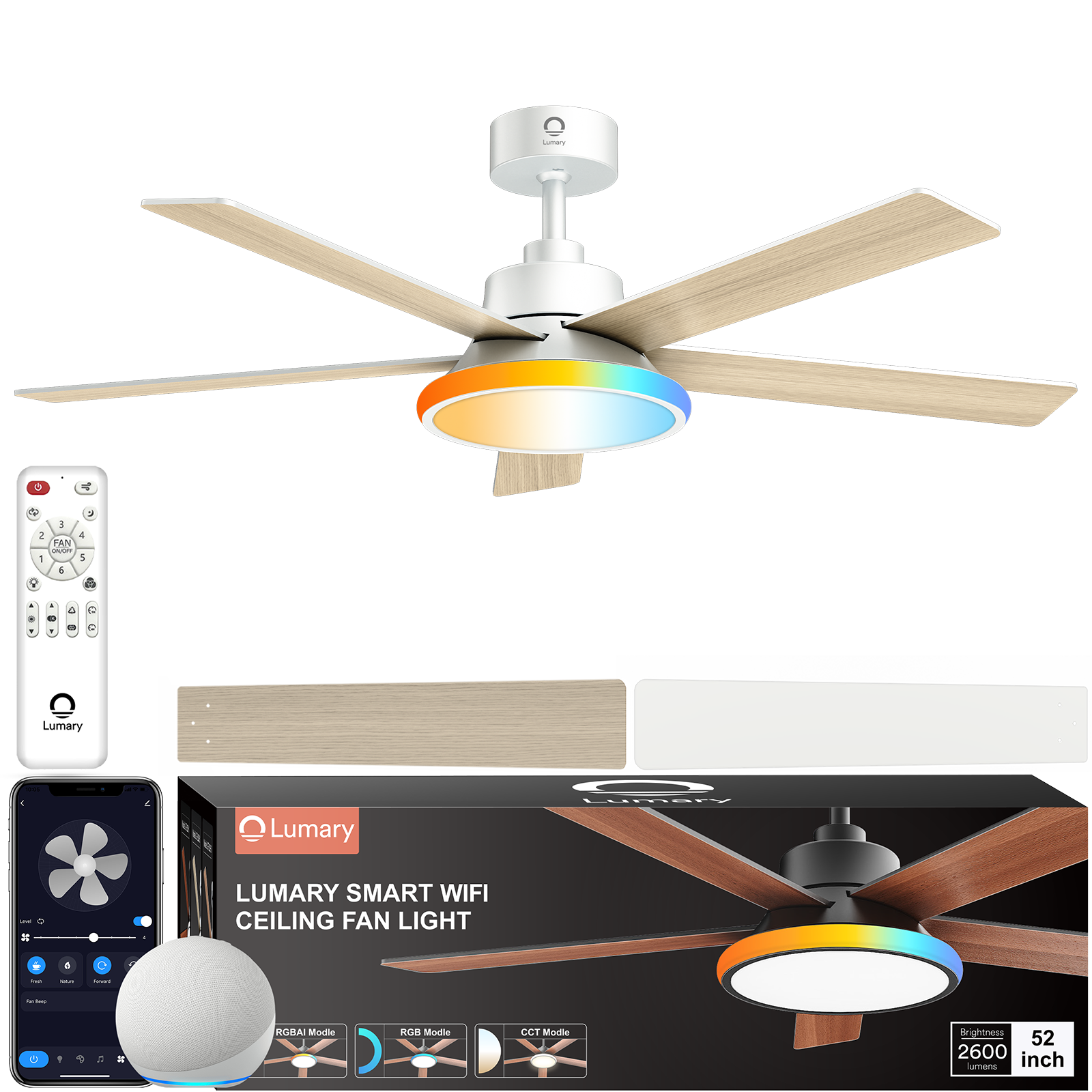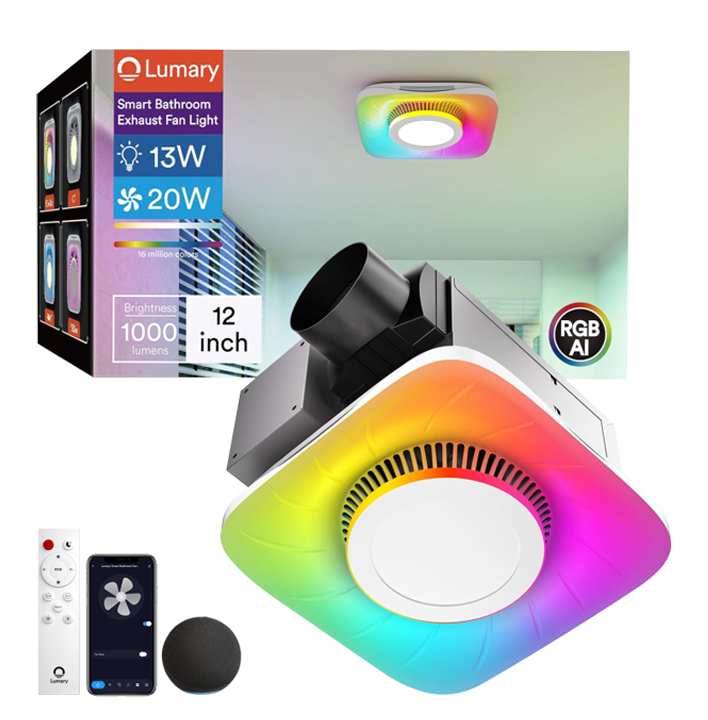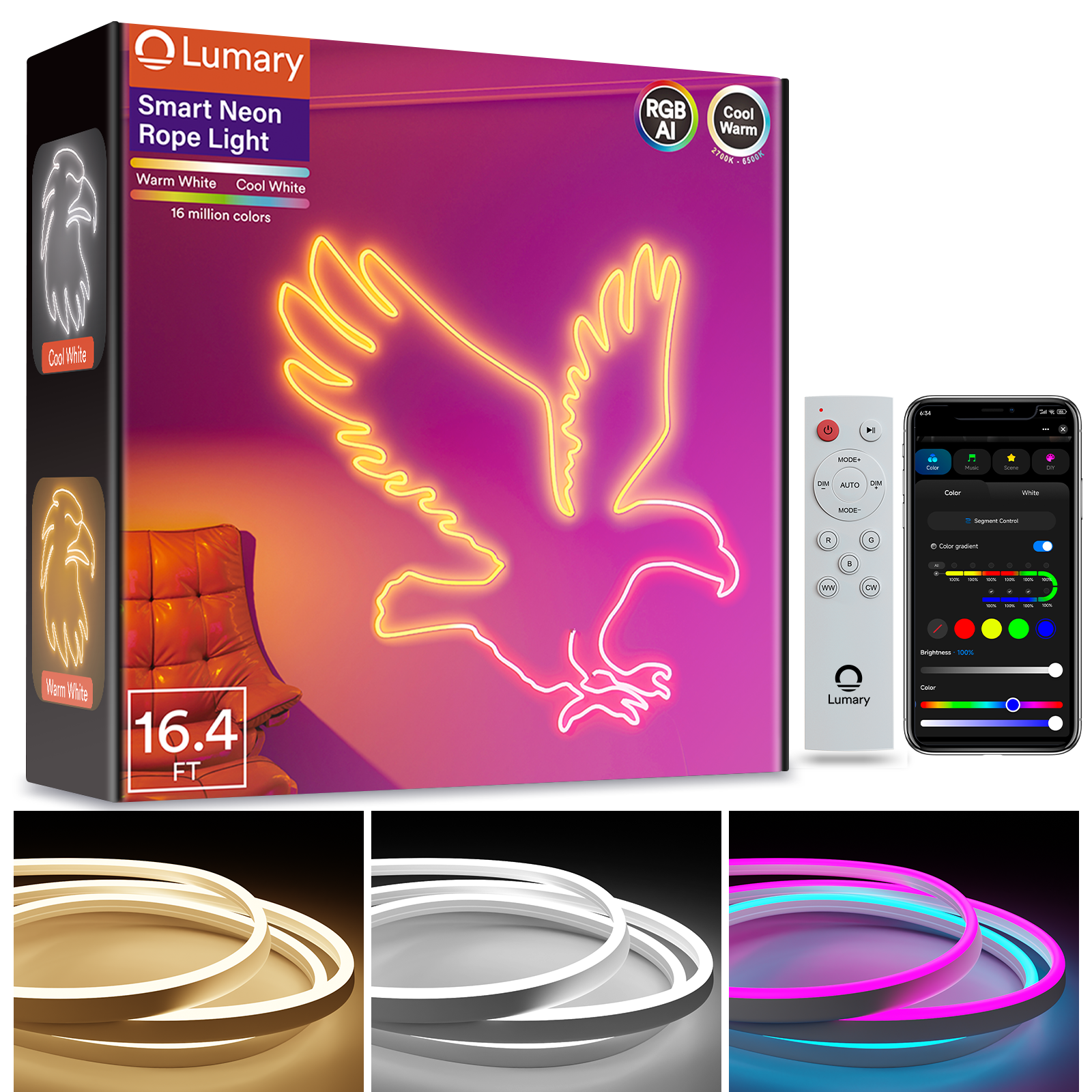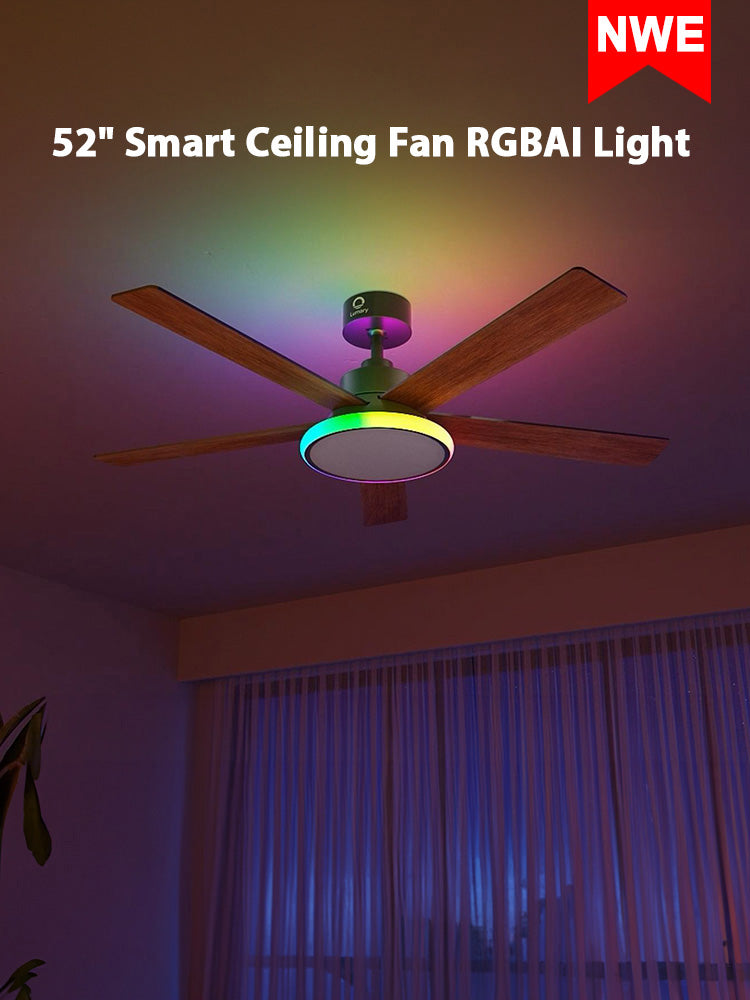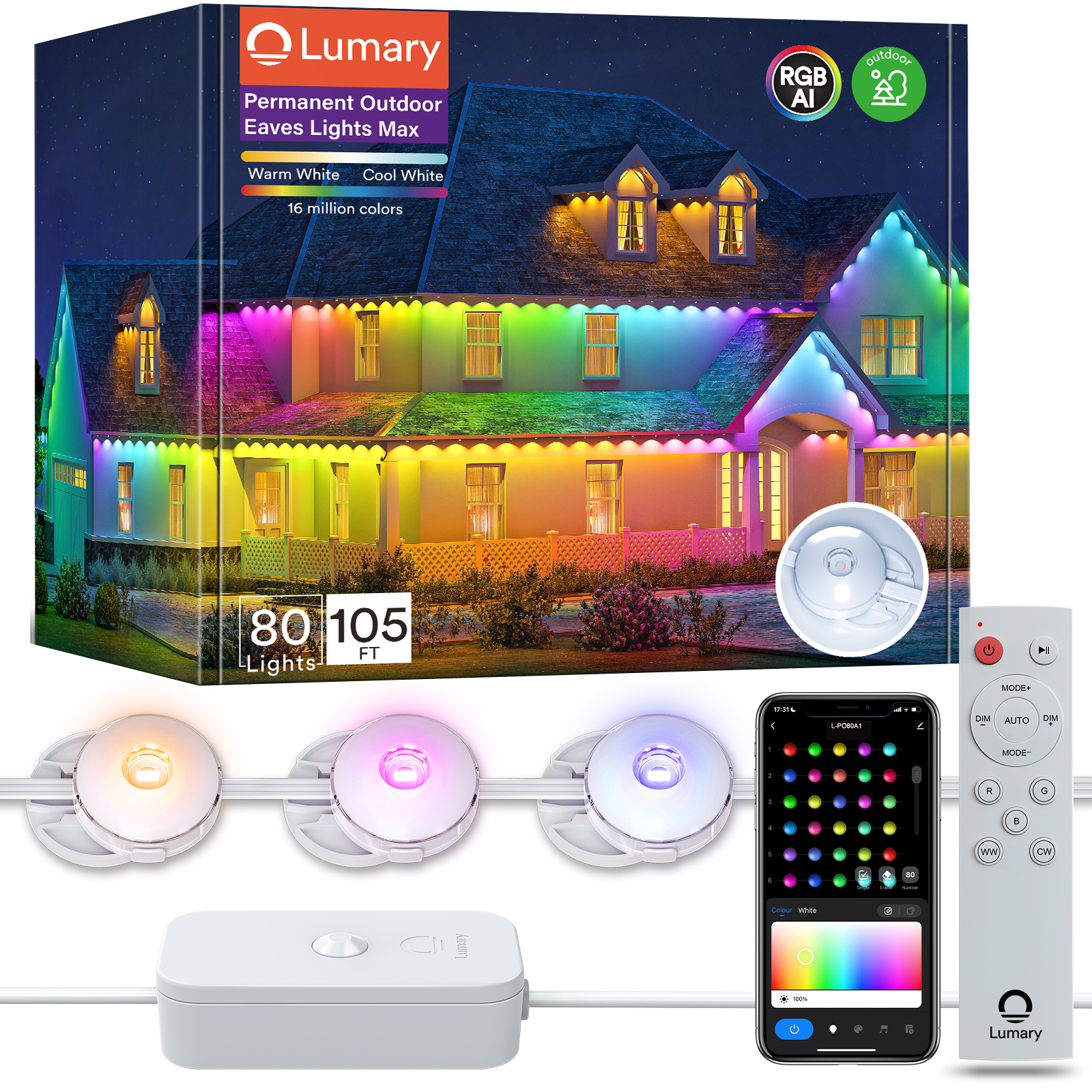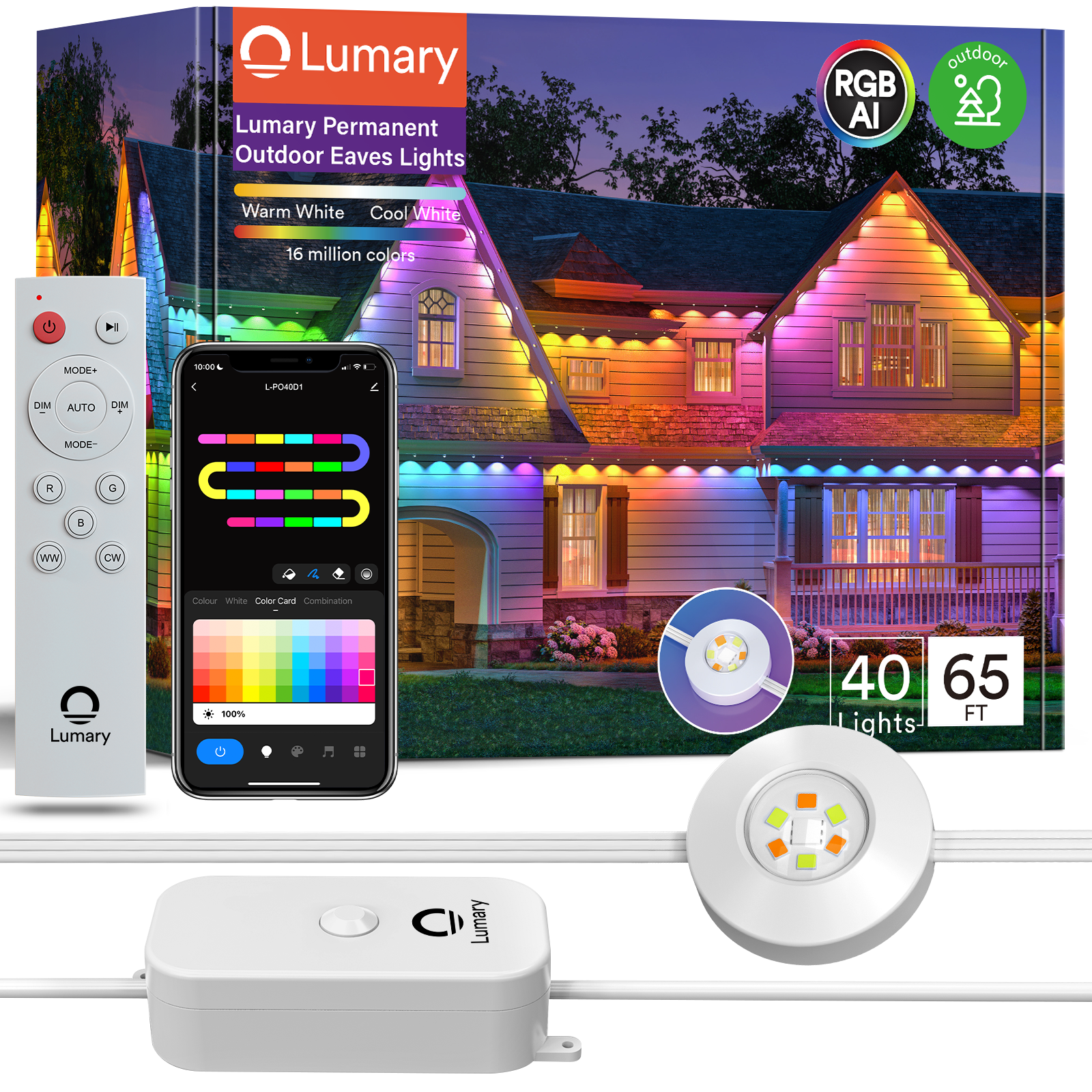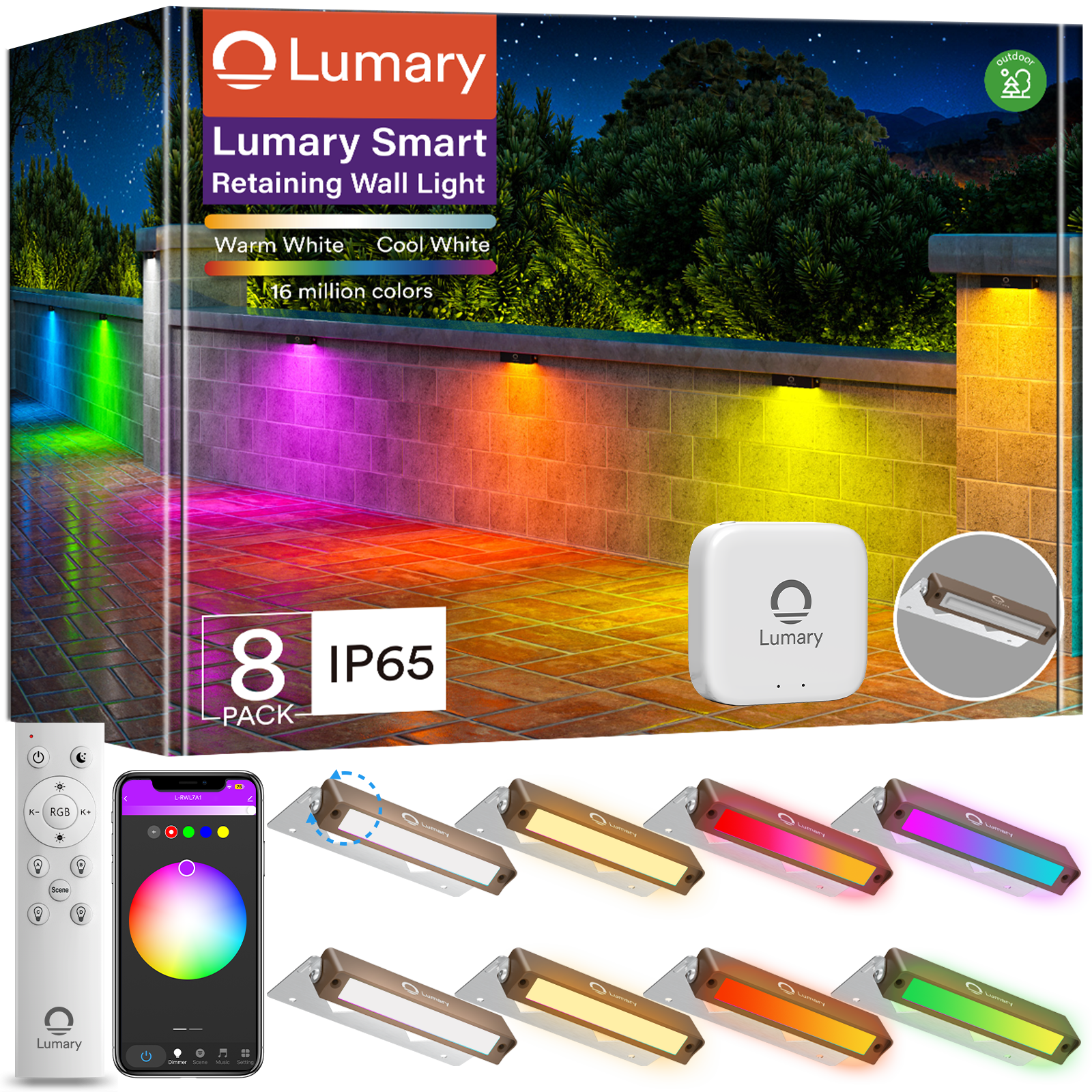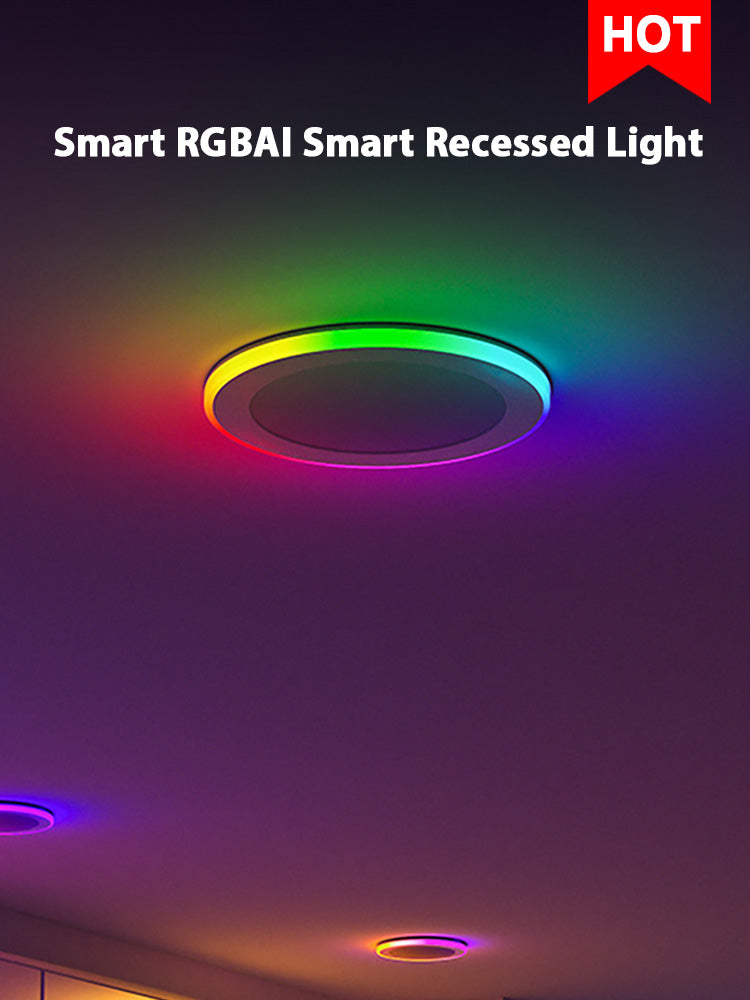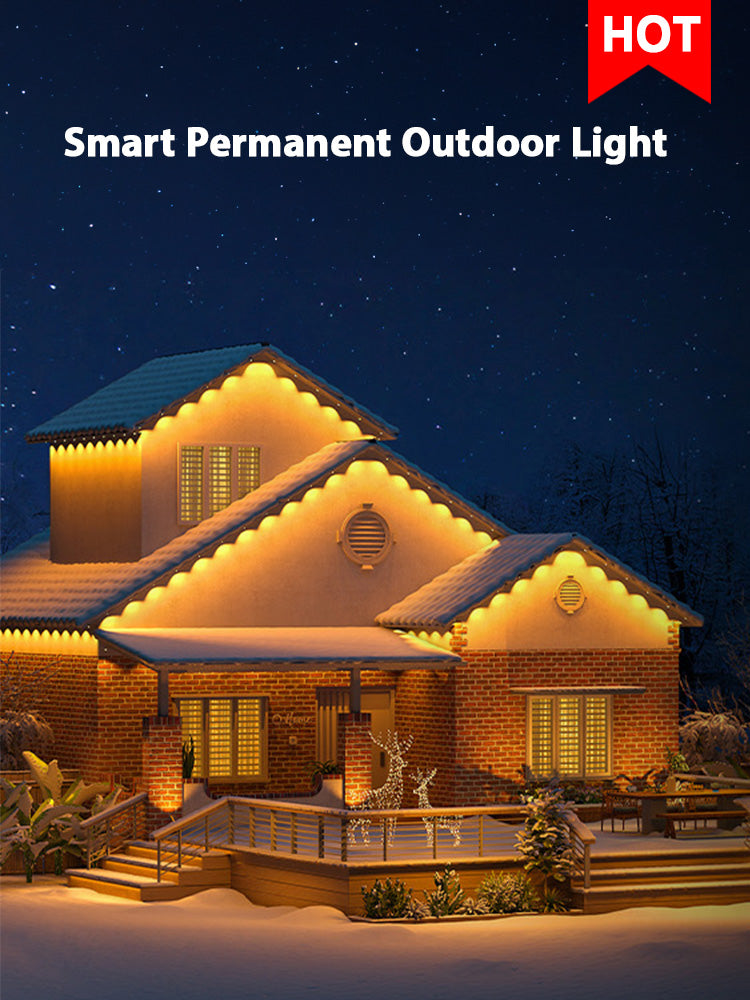When choosing lights for your home, 6 can lights are a popular option. These 6-inch recessed can lights sit flat with the ceiling and look neat in any room. With better LED technology and lower prices, they are now easier to buy and use.
Lighting expert Greaney says, "Recessed lights give great coverage and even lighting, especially in kitchens and family rooms."
These 6 can lights are very flexible, which makes them a favorite. Use them for bright kitchen lighting, soft living room lighting, or to show off decorations. Picking the right 6 can lights helps you mix style with usefulness.
Key Takeaways
-
Think about room size and ceiling height when picking lights. This helps you get the right amount of brightness.
-
Decide why you need the lights: general, work, or decoration. Each purpose needs a different setup to work well.
-
Pick LED bulbs for your recessed lights. They last longer, use less energy, and shine brightly, making them a great option.
-
Plan where to place your lights and how far apart. Keep them 4 to 6 feet apart for even lighting without dark spots.
-
Ask a professional for help if you're unsure about setup. They can make sure your lights are safe and properly placed.
-

Key Factors for Choosing 6 Can Lights
Room Size and Ceiling Height
When picking 6 can lights, think about your room's size and ceiling height. These details decide how much light you need for good brightness. For example, small rooms with low ceilings need fewer lumens than big rooms with high ceilings. Here's a simple table to show the suggested lumens based on room size and ceiling height:
|
Room Dimensions |
11′ Ceiling |
12′ Ceiling |
15′ Ceiling |
|---|---|---|---|
|
12′ x 12′ |
3,600 lm |
3,900 lm |
4,400 lm |
|
15′ x 15′ |
5,200 lm |
5,400 lm |
6,000 lm |
|
15′ x 20′ |
6,700 lm |
6,900 lm |
7,400 lm |
|
20′ x 20′ |
8,600 lm |
8,900 lm |
9,400 lm |
If you're not sure how many lights to use, space them evenly. A good rule is to keep them 4 to 6 feet apart, depending on the ceiling height. This avoids dark spots or overly bright areas.
Lighting Purpose: Task, Ambient, or Accent
Think about why you need 6 can lights. Are they for general lighting, focused tasks, or highlighting special features? Each purpose needs a different setup:
-
Ambient lighting: Lights up the whole room, great for living rooms, bedrooms, and kitchens.
-
Task lighting: Focuses on specific areas like kitchen counters or bathroom mirrors.
-
Accent lighting: Highlights artwork, decorations, or unique parts of your home.
Here's a quick guide for lighting by room:
|
Room |
Lighting Type |
Purpose |
|---|---|---|
|
Living Room |
Ambient |
Lights up the whole room evenly. |
|
|
Accent |
Highlights special areas or features for added style. |
|
Kitchen |
Task |
Brightens workspaces like counters for cooking safely. |
|
|
Ambient |
Provides general light for the entire kitchen. |
|
Bedroom |
Ambient |
Creates a relaxing and well-lit space. |
|
|
Task |
Bedside lamps for reading without disturbing others. |
|
|
Accent |
Adds warmth with wall lights or table lamps. |
|
Bathroom |
Task |
Bright light around mirrors for grooming. |
|
|
Ambient |
Recessed lights for overall brightness. |
|
Office |
Accent |
Spotlights to make certain areas stand out. |
By knowing your lighting purpose, you can pick the right bulbs and placement to match your needs.

Compatibility with Existing Fixtures
Before adding 6 can lights, check if they work with your current fixtures. This step helps avoid electrical problems or mismatched designs. Look at the voltage, current, and controls of your setup. For example, if you use dimmer switches, make sure the lights and bulbs support dimming.
Test all parts together before final installation. This ensures everything works well and saves you from costly fixes later. If you're unsure, ask an electrician or lighting expert for advice. They can check your setup and suggest the best options.
Pro Tip: Always check for insulation and moisture levels, especially in bathrooms or basements.
Tips for Picking the Right Bulb for Recessed Lighting
Choosing the best bulb for recessed lighting changes your room's look. Let’s go step by step to help you decide.
Types of Bulbs: LED, Halogen, and Incandescent
Not all bulbs work the same for recessed lighting. Each type has pros and cons. Here’s a simple comparison:
|
Bulb Type |
Lifespan (hours) |
Cost Over 20 Years |
|---|---|---|
|
Incandescent |
1,000 |
$211 |
|
CFL |
8,000 |
$54 |
|
LED |
25,000 |
$34 |
-
LED bulbs: These are the most common choice now. They last long, save energy, and dim well. If you want modern and efficient lighting, pick LEDs.
-
Halogen bulbs: These give bright, natural light but don’t last as long. They also use more energy, which raises your bills.
-
Incandescent bulbs: These are old-style bulbs. They’re cheap to buy but don’t last long and waste energy.
For less hassle and more savings, choose LED bulbs.
Energy Efficiency and Brightness
Energy-saving bulbs are important for recessed lighting. You want bright light without wasting power. Here’s how bulbs compare:
|
Bulb Type |
Lumens |
Watts |
|---|---|---|
|
LED |
450 |
4-5 |
|
CFL |
450 |
8-12 |
|
Incandescent |
450 |
40 |
|
LED |
750-900 |
6-8 |
|
CFL |
750-900 |
13-18 |
|
Incandescent |
750-900 |
60 |
|
LED |
1100-1300 |
9-13 |
|
CFL |
1100-1300 |
18-22 |
|
Incandescent |
1100-1300 |
75-100 |
LED bulbs give the same brightness as incandescent ones but use less power. This saves money and helps the planet.
💡 Pro Tip: Use bulbs with 750-900 lumens for most rooms. For brighter spaces, pick 1100-1300 lumens.
Color Temperature and Dimming Options
The color of light affects how a room feels. It’s measured in Kelvin (K) and ranges from warm to cool tones.
|
Factor |
Description |
|---|---|
|
Room Size |
Bigger rooms need higher wattage; smaller rooms need less. |
|
Desired Brightness Level |
Bright light is good for tasks; soft light is better for relaxing. |
|
Color Temperature Range |
Warm tones (2700K-3000K) feel cozy; cool tones (4000K-5000K) are energizing. |
|
Dimming Capabilities |
Dimmable lights let you change brightness for different moods. |
-
Warm light (2700K-3000K): Great for bedrooms and living rooms. It feels cozy and calm.
-
Cool light (4000K-5000K): Best for kitchens, bathrooms, and work areas. It’s bright and helps you focus.
Dimmable lights give you more control. You can adjust brightness for parties, work, or relaxing.
By following these tips, you’ll find the right bulb for your recessed lighting. LED bulbs are the best for saving energy, lasting long, and being versatile.
Picking the Right Trim for Recessed Lighting
The trim you pick for recessed lighting matters a lot. It changes how the light looks and works in your room. Let’s check out the options to find the best trim for your home.
Common Trim Types: Baffle, Reflector, and Eyeball
There are three main types of trims: baffle, reflector, and eyeball. Each has its own use:
-
Baffle trim: This trim cuts down on glare. Its ridged design softens light, making it great for cozy spaces like bedrooms or living rooms.
-
Reflector trim: Need bright light? Reflector trims are shiny inside, so they give strong light. They’re perfect for kitchens or work areas.
-
Eyeball trim: Want to point light at something special? Eyeball trims can be moved to shine on art or corners.
Style and Function
Trim isn’t just about looks; it also affects how light works. Here’s what to think about:
|
Feature |
What It Does |
|---|---|
|
Lumen Output |
Shows how bright the trim makes the light. LED trims give steady brightness. |
|
Color Temperature |
Warm tones feel relaxing, while cool tones feel energizing. |
|
Beam Angle |
Narrow beams are good for accents; wide beams light up whole rooms. |
|
Dimming Options |
Lets you change brightness for different activities or moods. |
By thinking about these features, you can pick a trim that works well and looks good.
Matching Trim to Your Room
Your trim should match your room’s style. For modern spaces, choose shiny reflector trims. For classic rooms, baffle trims fit nicely. Eyeball trims are fun for creative spaces where you want to highlight something.
Look at your room’s colors and textures. White or matte trims blend into ceilings for a simple look. Metallic trims like bronze or nickel add a fancy touch. Picking the right trim makes your lighting look planned and stylish.
Installation Tips for 6-Inch Recessed Can Lights
Planning Layout and Placement
Before putting in your 6-inch recessed can lights, plan where they’ll go. Good placement gives even light without dark spots or glare. Think about the room and how you’ll use it. For kitchens, place lights over counters where you work. In living rooms, focus on seating or gathering areas.
Here’s a simple guide to help you:
|
Room Type |
Best Placement |
Spacing Advice |
|---|---|---|
|
General |
Spread lights evenly across the room |
4 to 6 feet apart |
|
Kitchen |
Above counters or workspaces |
Use more lights here |
|
Living Room |
Around seating or gathering spots |
Adjust for room size |
|
Bathroom |
Near mirrors for better visibility |
Match to room size |
Using these tips will help you design lighting that looks great and works well.
Proper Spacing and Alignment
How far apart and aligned your lights are matters a lot. If lights are too close, the room feels too bright. If they’re too far, some areas stay dark. Space them evenly for smooth, balanced lighting.
Keep these tips in mind:
-
Don’t crowd lights together; it makes the room too harsh.
-
Avoid placing them too far apart to prevent dark spots.
-
Line up lights neatly for a clean, polished look.
Good spacing makes your lights useful and improves the room’s feel. It’s about finding the right balance for the best results.
Safety Guidelines and Professional Help
Safety is key when adding recessed lights. Follow electrical rules to avoid problems. Check that your lights match your home’s wiring and insulation. For damp places like bathrooms, use fixtures made for wet areas.
If you’re unsure, ask an expert for help. Electricians can install lights safely and fix any issues. They’ll also make sure lights are aligned and wired correctly.
Pro Tip: Always turn off power at the breaker before starting any work.
By following these steps, you’ll have a safe and stylish lighting setup that lasts a long time.
Picking the right 6-inch recessed can lights can change your home. Think about important things like room size, lighting purpose, bulb type, and trim style. These choices affect how your home looks and feels. Recessed lights are great because they save space, work for many uses, and give rooms a modern look. Using LED bulbs saves energy and lasts a long time, helping you save money.
Plan carefully before installing. Decide where lights should go and how far apart they need to be. This helps avoid uneven lighting or dark spots. If you’re not sure, ask an expert to install them safely and correctly.
Smart choices will give you a bright and stylish home that fits your needs. Take your time, look at your options, and let recessed lights improve your space!
FAQ
Why is recessed lighting a smart choice for your home?
Recessed lights save space and look modern. They give even light without big fixtures. Use them for general, task, or accent lighting.
How can you figure out how many recessed lights to use?
Check the room size and ceiling height. Bigger rooms need more lights for good brightness. Keep lights 4 to 6 feet apart to avoid dark or overly bright spots.
Can recessed lights work with dimmer switches?
Yes, many recessed lights can dim. Make sure the bulb and fixture match dimmer switches. Dimmable lights let you change brightness for different activities.
Are LED bulbs the best choice for recessed lighting?
Yes! LED bulbs last long, save energy, and shine brightly. They’re great for recessed lights and help lower electricity costs.
Should recessed lights be installed by a professional?
Hiring an electrician is smart for wiring and placement. They make sure the lights are safe and lined up neatly for a finished look.

